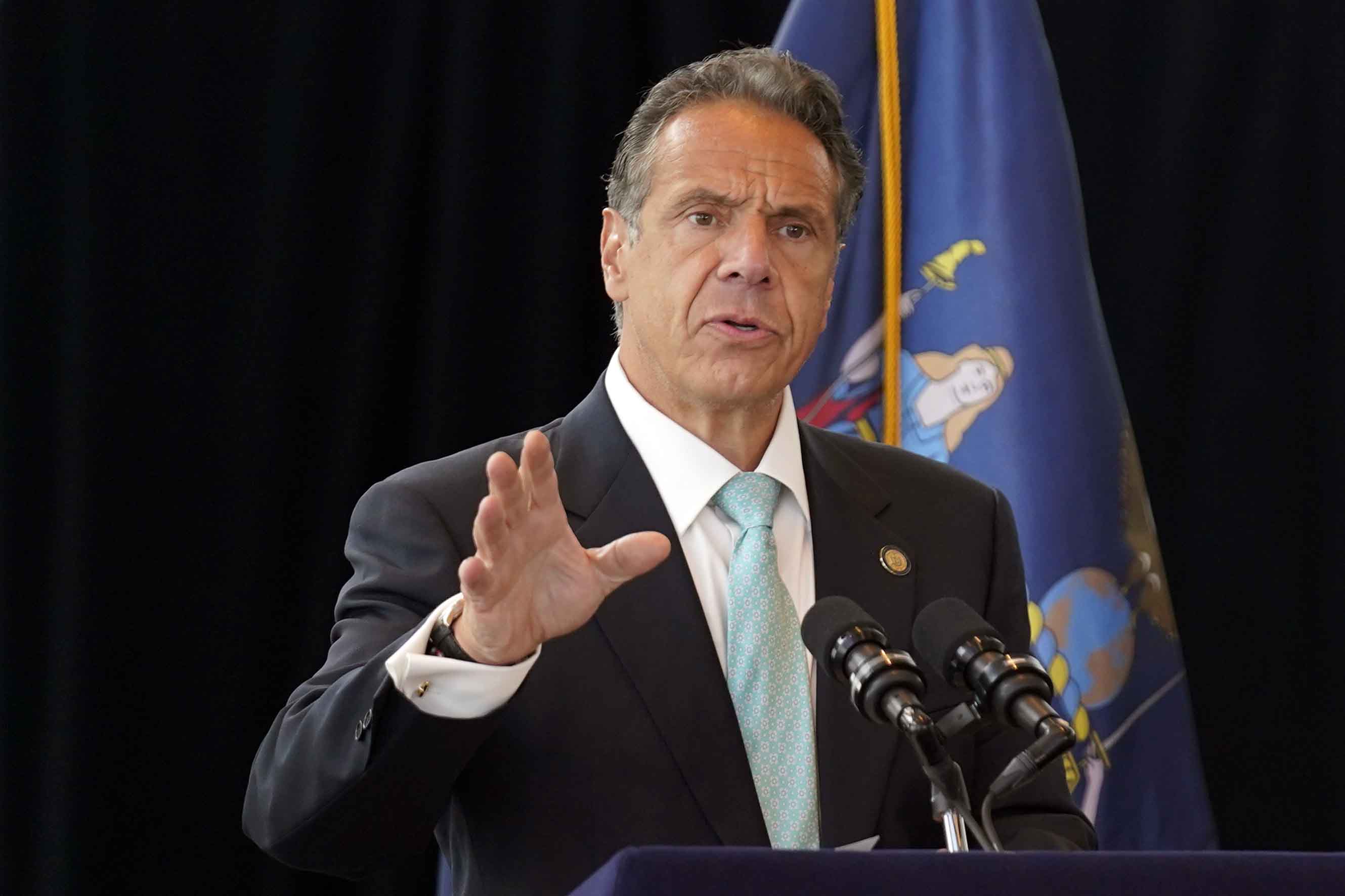Cuomo ends New York’s state of emergency

Cuomo first declared a state of emergency on March 7, 2020, just days after the state identified its first case of Covid-19. The declaration sought to allow the state to quickly contain the virus’ spread by expediting procurement of cleaning supplies, allow more qualified professionals to conduct testing and let emergency medical services personnel transport patients to quarantine locations other than hospitals, among other things.
It also let Cuomo impose hundreds of executive orders with the force of law, dealing with everything from the closure of businesses to the rules allowing struggling restaurants sell booze to-go. His orders also prohibited local governments from making their own rules.
State legislators had expanded Cuomo’s powers to let him impose these laws. They walked back the expansion a bit once the governor faced more widespread scrutiny earlier this year, blocking him from imposing new mandates. But the ones already on the books stayed in place, and he had the power to adjust those.
Safe staffing: Cuomo also ceremonially signed legislation that sets minimum direct care requirements for hospitals. The legislation, which passed last month along with another measure for long-term care facilities, ended decades of debate on “safe staffing” in Albany. It calls for clinical staffing committees in hospitals to oversee staffing plans, NY S1168 (21R) / NY A108 (21R).
The governor, who officially signed the bill into law Friday, called the measure “a major step forward in improving the quality of health care in our health care facilities.”
“What it says is: Plan now for how to provide for the health care system going forward; put everyone at the table, especially the people who are on the front lines because they know best,” he said, surrounded by union leaders who backed the bill.
Bill Mahoney contributed to this report.